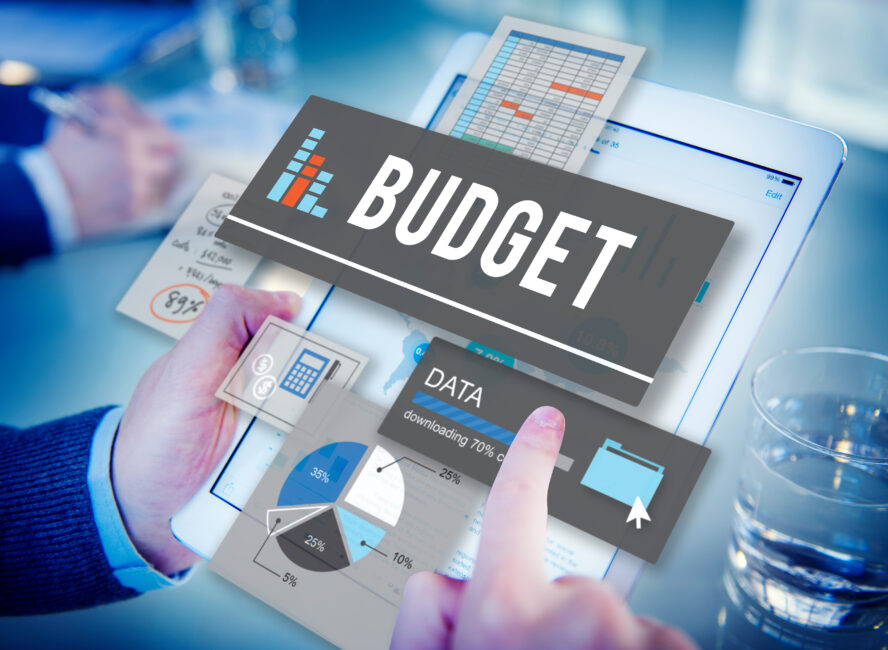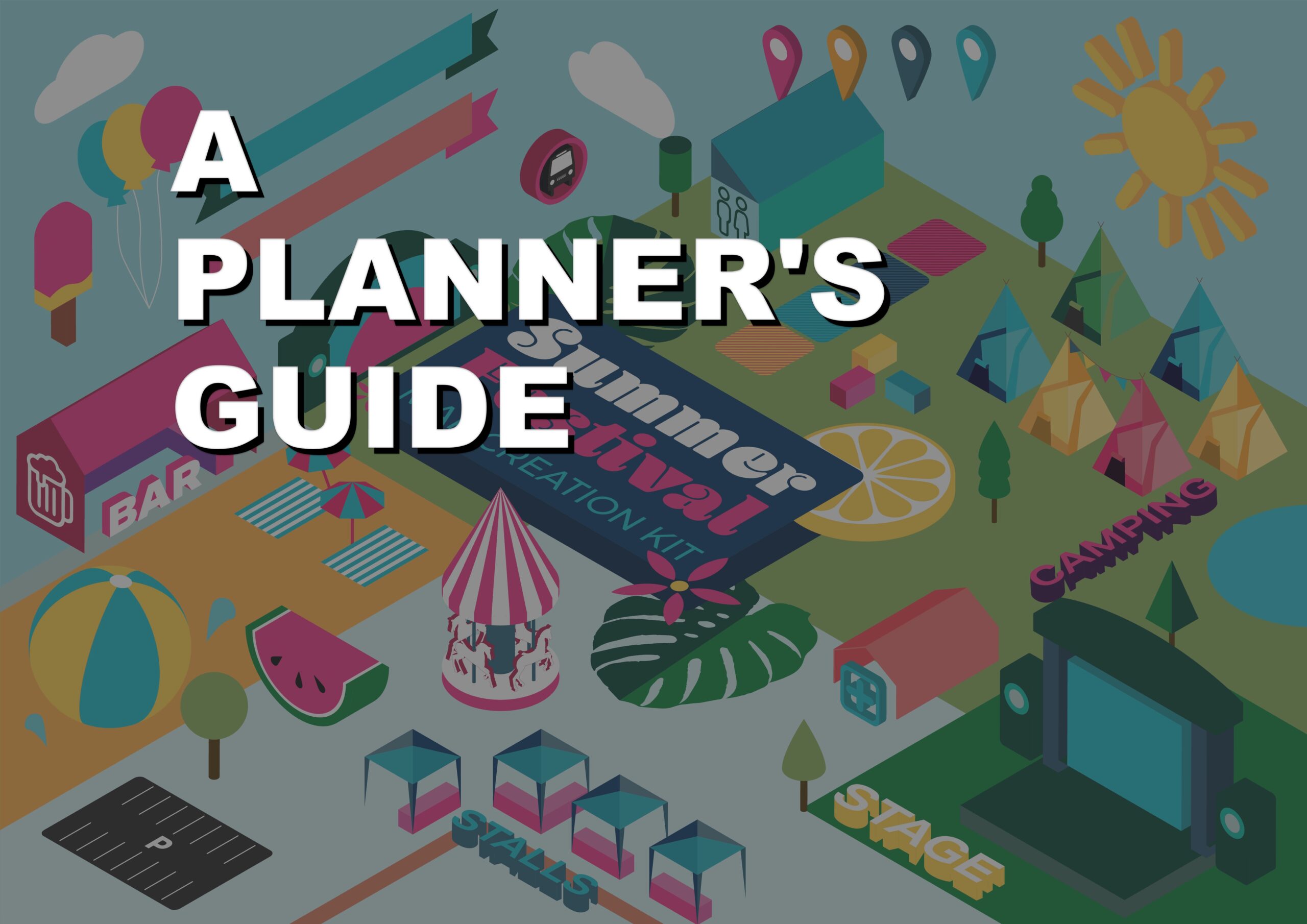Welcome, fellow event enthusiasts, to the ultimate guide for orchestrating the perfect activation! Whether you’re a seasoned event planner or just dipping your toes into the vibrant world of experiential marketing, this comprehensive handbook is your go-to resource for crafting memorable and impactful events. We’ll delve into the intricate details of planning, design, and execution, with a special focus on leveraging technology and AV elements to elevate your activations to new heights.
Step 1: Define Your Objectives and Audience

Every successful event begins with a clear vision. Before diving into the nitty-gritty details, take a step back and define your objectives. What do you hope to achieve with this activation? Are you aiming to increase brand awareness, drive sales, or foster meaningful connections? Understanding your goals will guide every decision you make throughout the planning process.
Equally important is knowing your audience inside and out. What are their interests, preferences, and pain points? Tailoring your activation to resonate with your target demographic is key to creating a memorable experience that leaves a lasting impression.
Step 2: Set a Realistic Budget

Ah, the dreaded budgeting phase. While it may not be the most glamorous aspect of event planning, it’s undeniably crucial. Start by outlining all potential expenses, including venue rental, decor, catering, staffing, technology rentals, and marketing materials. Be sure to allocate a portion of your budget specifically for technology and AV elements, as they can significantly enhance the overall experience.
Once you have a clear understanding of your expenses, prioritize them based on your objectives and audience expectations. Remember, it’s better to allocate more funds to key areas that align with your goals rather than spreading your budget too thin.
Step 3: Choose the Perfect Venue
The venue sets the stage for your activation, quite literally. Whether you opt for a sleek urban loft, a sprawling outdoor space, or a trendy pop-up location, ensure that it aligns with your brand aesthetic and logistical needs. Consider factors such as accessibility, capacity, and available amenities when making your selection.
When it comes to integrating technology and AV elements, choose a venue that offers ample support and infrastructure. Check for access to power outlets, Wi-Fi capabilities, and compatibility with any specialized equipment you plan to use.

Measure key performance indicators such as attendance, engagement metrics, social media impressions, and ROI to gauge the success of your activation.
Step 4: Design an Immersive Experience
Now comes the fun part – designing an experience that captivates and engages your audience from the moment they step through the door. Start by brainstorming creative concepts that align with your brand identity and messaging. Whether you opt for a futuristic interactive installation, a nostalgic retro-themed activation, or something entirely unique, let your creativity shine.

Integrate technology and AV elements seamlessly into your design to create a multi-sensory experience. From interactive touch screens and augmented reality installations to immersive projection mapping and LED lighting displays, the possibilities are endless. Just be sure to strike a balance between innovation and practicality, ensuring that each element enhances the overall experience without overwhelming attendees.
Step 5: Curate Compelling Content

Content is king, even in the world of experiential marketing. Whether it’s captivating visuals, compelling storytelling, or interactive experiences, ensure that every aspect of your activation resonates with your audience. Leverage technology to deliver dynamic content that informs, entertains, and inspires.
Consider incorporating live streaming, virtual reality, or gamification elements to encourage participation and social sharing. By providing opportunities for attendees to co-create content and share their experiences online, you’ll extend the reach of your activation far beyond the event itself.
Step 6: Focus on Seamless Execution
With all the pieces in place, it’s time to bring your vision to life. Collaborate closely with your vendors, staff, and partners to ensure that every detail is executed flawlessly. Conduct thorough rehearsals and walkthroughs to iron out any kinks and anticipate potential challenges.
When it comes to technology and AV elements, enlist the expertise of experienced professionals to handle setup, operation, and troubleshooting. From sound engineers and lighting technicians to video specialists and AV rental companies, surround yourself with a talented team that can bring your vision to fruition.
Step 7: Measure Success and Gather Feedback

As the event draws to a close, take a moment to reflect on your achievements and gather feedback from attendees, sponsors, and stakeholders. Measure key performance indicators such as attendance, engagement metrics, social media impressions, and ROI to gauge the success of your activation.
Use this valuable feedback to identify areas for improvement and refine your approach for future events. Remember, the learning never stops in the dynamic world of event planning.
Congratulations, you’re one step closer to mastering the art of event planning! By following this comprehensive guide and leveraging the power of technology and AV elements, you’re well-equipped to plan and execute unforgettable events that leave a lasting impression on your audience. So go forth, fellow event enthusiasts, and let your creativity soar. The world is your canvas, and the possibilities are limitless.
Until next time, keep dreaming big and creating even bigger experiences! ????




